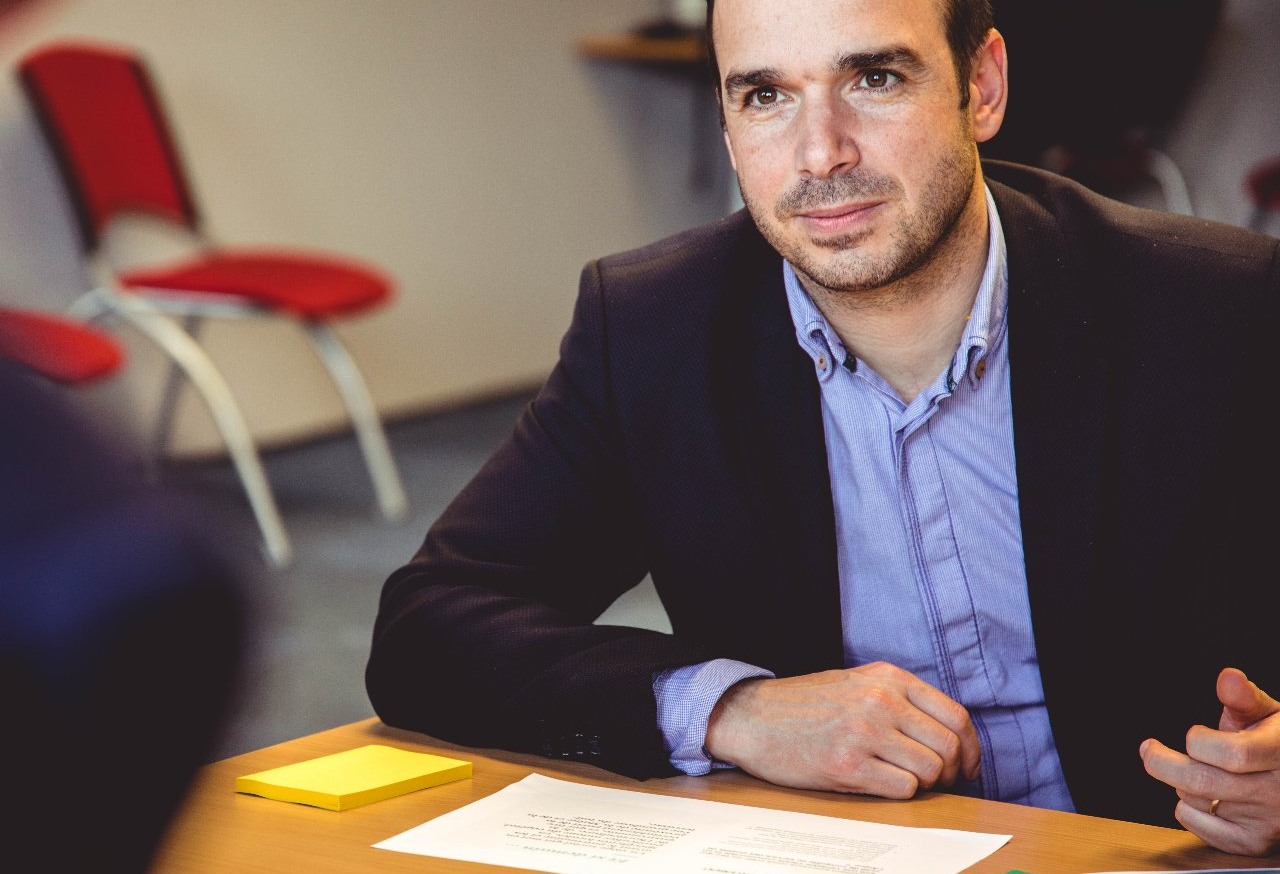WIRED WORDSMITH
TECH
CONTENT
Web Designers - Interviewing Website Clients About Content. Three Questions You Probably Ask and Three You Probably Don't

Three content questions to add to your website client brief interviews
A big part of the challenge of creating written content for clients’ websites is the clients themselves and getting out of them exactly what they want from their content.
We don’t want to teach granny to suck eggs. We know you already know how to find out what clients want from the site, so we’re going to give you a few extra ideas about how to gauge exactly what your clients want when it comes to written content and how to make it work for them.
This is part of the expertise that web designers who work with us get paid extra for and with these ideas, you could add this value for your clients.
First, we always try to talk with an end client – at least by phone call - instead of sending a document to be filled in. It gives us a much better insight into the companies and people we’re writing about, as well as what they want us to achieve for them.
A great way to plan the meetings is to start with pre-set questions and let them lead on into natural conversations. Then you can mix the security of a script with the natural ability to learn what they really think about their business and what they really want.
So, the questions laid out below are just starters to plan things out. Don’t be afraid to go off down your own track.

Tone of voice questions
Obvious
“How do you and your business talk to your clients?”
The best sites sound like the organisation they represent, so this is a critical part of creating a good site. Tailor your topics, word choice, sentence structure, and format to reflect the successful aspects of how the client communicates with customers.
Not so obvious
“How do your clients talk to you?”
This second question can be more revealing. After all, the clients and prospects are the important ones when it comes to content. It’s them that we’re talking to and trying to engage with. Asking how the business talks to clients won’t help you engage if they are doing it wrong. If we can talk to the end customers on their own terms, they are much more likely to convert and stay loyal to your client, meaning your client will stay loyal to you.
There can be a lot to look out for and think about here. For example, if the end clients tend to say they are ‘big fans’ over a beer in the local pub, the website content should be much more casual than if they feedback that they are ‘impressed with the service’ over a meeting in the board room.
The second question also elicits memories and cuts out some of the biases and dull replies like ‘Just professionally yet friendly’
Objective questions
Obvious
“What is the ultimate goal of this site?” and “What do you want visitors to do on the site?”
Okay, so there are two questions here, which kind of skews the numbers in the headline, but they’re both important, so never mind. These are among the most obvious questions for any web designer on content creator, and you probably already ask them. They tell you how to use your calls to action and where the customer journey should lead.
This information can be reinforced with the following question that fills out the picture with important general information about the company and its expectations
Not so obvious
“Where will this site fit in with your company and its wider objectives?”
This less direct question will often elicit more general answers that show what the company expects from the site in a more general sense and in the longer term. It brings out desires that were at the back of clients minds and makes them feel better cared for.
Our clients often tell us about their company’s goals here and how the site goals from the earlier questions line up with them. This helps us to create deeper, more business-goal-oriented content that will impress the client in a way that continues beyond the first few months. It also gives a fuller picture of what the client expects and creates a basis for supporting them in future.
For example, a kitchen installation company we created website content for told us their goal for the site was to bring in more customers, and they wanted them to ultimately get in touch via phone for a quote. This was a reasonable basis for creating a functional website, but we went further.
When we asked them where the site will fit with the company and its goals, they went on to tell us that they wanted to be the first choice for bespoke and unique kitchen installations in the region. They particularly wanted to look good in comparison to a larger competitor with a less personal and bespoke approach to customers and kitchens. They told us about their good customer service, their fitting methods and some unique and popular options the competitor didn’t have. We found out in this way that we had to draw attention to these things in order to compare favourably with the other company – an unspoken part of their requirements we would have never known about otherwise.
This second question gave us a lot of additional knowledge and insight so that we could create truly tailored content that would not only achieve the site’s core goals better, but that would also demonstrate the company’s strengths more fully and sync better with their wider objectives. This made the company feel better taken care of in the short term, as well as creating more valuable results in the long term. All thanks to one question!
Target audience and demographic questions
Surely everyone who creates marketing materials like websites has asked the targeting question at one point or another.
Obvious
“Who do you sell to?’ What age, industry, gender, income level etc.?”
It’s an essential part of turning the site from a shotgun, blasting messages out to try and hit all and sundry, into a sniper rifle targeting the exact kind of customers that are likely to be valuable to the owner.
This information is always important, but it is much more valuable when you know why these people buy from the client.
Not so obvious
“Why do you sell to those people?”
That tells you what characteristics of the business are attracting those people. What we, the content and website makers, need to highlight to get them to buy and how we need to qualify them. Perhaps we need two different pages targeting different customers with different messages. Perhaps different calls to action are needed.
With the help of that one word, why, we can design much more effective content and customer journeys for each type of customer.
Conversely, the why question tells you what weaknesses in the marketing are stopping other types of people from buying. This helps you not only resolve those problems on your site for the client, but also offer them a little valuable feedback and even some extra strategic services. It has happened to us many times.
If you can go beyond simply building the site and solve strategy problems, you’re becoming a lot more valuable to those people and maybe even raising your income from the project.
Big results from three little questions
Those three little extra content questions take hardly any time at all to ask, but they can create huge value for you and the client. When used right, they can lead to:
- Better site performance
- Better alignment with client goals
- Improved conversions
- Extra services purchased (Approx. 1 in 4 times we asked these questions)
- Better client loyalty and long-term upsells
- Better reflection of client company
- Better SEO performance for client
So, get out there and get asking!
Recap
The six (or seven) questions are below.
For best results, ask them in a live conversation, not on a form and use them as a basis for a semi-structured conversation, not a script. You never know which conversation offshoots could become valuable.
Tone of voice
· Obvious - “How do you and your business talk to your clients?”
· Less obvious - “How do your clients talk to you.”
Objectives
· Obvious – ““What is the ultimate goal of this site?”
· Obvious (extra) - “What do you want visitors to do on the site?”
· Less obvious - “Where will this site fit in with your company and its wider objectives?”
Target audience / demographic
· Obvious - “Who do you sell to?’ What age, industry, gender, income level etc.?”
· Less obvious - “Why do you sell to those people?”
If you want to know more, just email mail@wireframe.uk.com.
All Rights Reserved - Wired Wordsmiths is copyrighted to Wireframe Partners Limited | Privacy Policy



